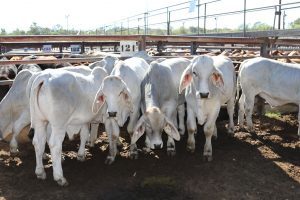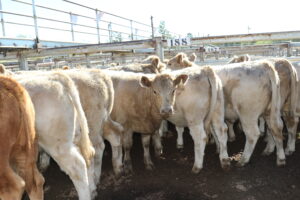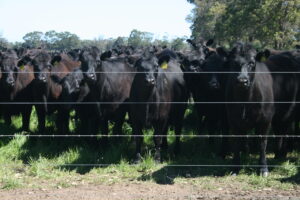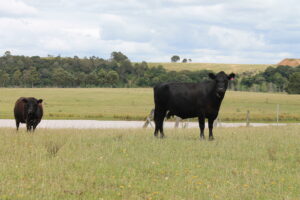While much of NSW and Southern Queensland has received above-average rainfall in April, some key cattle areas in Western Victoria, South Australia and WA have missed out. The market is treading water, and there might be a trading opportunity on the cards.
A look at
the Eastern Young Cattle Indicator (EYCI) and the National Feeder Steer (Figure
1) shows us the two prices have been in lockstep this year. The saleyards feeder indicator will usually
be a little behind the direct-to-feedlot price, but it gives a good indication.
Hindsight
must be used with caution, but we can see that the very weak prices of spring
2023 saw the market somewhat oversold. The
bounce has been strong, but we are still way off the highs of 2021-2022.
The young
cattle market has steadied in the autumn, and this can partially be attributed
to dry parts in the south of the country.
Cattle are certainly flowing into NSW, but after the volatility and
seasonal variation of last year, there is plenty of caution from buyers.
From
looking at beef export values we know that there is significant room for cattle
prices to move higher. On the downside, the
growth in the herd and recent experience tell us that there is room for some
downside too.
Traditionally
cattle prices rally in winter and into spring, and if you subscribe to the
theory that it has to rain in the south at some stage, then this rally is
something we could expect this year.
Depending on how the spring pans out, prices could remain stronger
through the end of the year.
Figure 2
shows how a trade might play out for cattle bought now. The basic margins (before any costs are taken
into account) look relatively profitable.
The strong price scenario, which is entirely possible, shows an almost
doubling of cattle value when weight gains and price improvements are taken
into account.
The
downside makes the trade look tight, but this is likely helping keep a lid on the
price of store stock at the moment.
Note that
this trade calculation does not allow for any feed costs; these will vary
between enterprises and should be calculated on a case-by-case basis when
considering any trade.
What does it mean?
While not at the extreme lows of spring 2023, young cattle are still relatively cheap. With significant upside potential if supply tightens, and reasonable margins in a steady market, buying cattle now looks like a good prospect.
Have any questions or comments?
Key Points
- While cattle prices have come off lows, they have been steady for some time.
- Prices historically rise in the winter, and fundamentals are strong.
- Buying young cattle to sell in spring looks like a good trade.
Click on figure to expand
Click on figure to expand
Data sources: MLA, Mecardo














